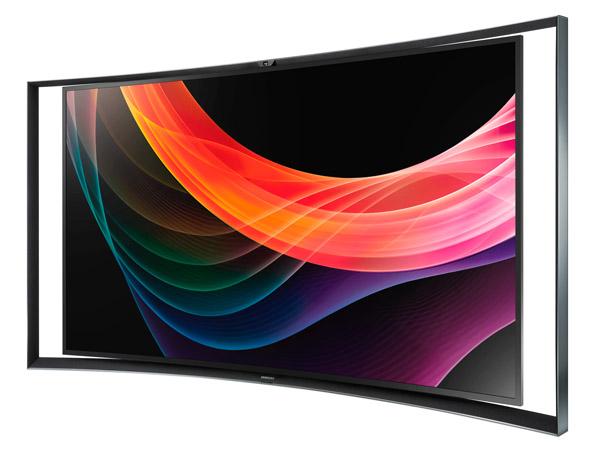Is Motion Resolution an Issue with OLED TVs?

As I understand things, any motion on an LCD TV is accompanied by a loss in resolution. For example, 1080p isn’t really 1080p when the image is in motion. Here’s my question: Since OLED has a much faster response time than LCD, does resolution stay the same when the image contains motion? —Michael McGehee / Macon, Georgia
Unfortunately, no. OLED does have a significantly faster response time than LCD, but both technologies use a sample-and-hold method to display images. Here’s how that works: When a video frame is displayed onscreen, it remains fixed there until the next frame comes along. Other TV technologies like plasma and CRT, in contrast, use an impulse display method where the phosphors that light up to create the image fade rapidly to black before the next video frame appears.
The key difference between sample-and-hold and impulse display is the duration that a single video frame remains onscreen. That span is significantly shorter on impulse-driven displays than sample-and-hold ones, where the image remains static for the full screen refresh cycle. In the meantime, your eyes track motion in the image at a speed faster than the screen’s refresh rate, which is what contributes to motion blur on LCD—and OLED—displays.
Many LCD TVs—and OLED models like Samsung’s KN55S9C—use various techniques including motion interpolation and black frame insertion to reduce the effects of motion blur. With motion interpolation, intermediary video frames are created and inserted between existing ones to reduce the amount of time a single frame remains onscreen on sets with a 120 Hz refresh rate. And as the name "black frame insertion" suggests, black frames are generated and inserted between the existing ones in the video source to achieve plasma/CRT-like display quality.
Both techniques are not without their downsides, however. Motion interpolation often generates a Soap Opera Effect that makes motion in film-based content look unnatural. And black frame insertion can significantly reduce a TV’s brightness, though that’s not as much of a problem with OLED displays, which are capable of high light output.























































